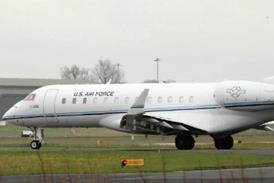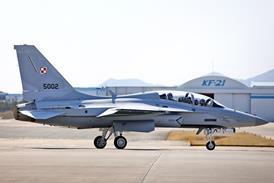The launch of China’s ARJ21 regional jet will open up air travel to millions more domestic travellers, as well as filling a gap in North America, claims Chen Jin, vice president of AVIC 1 Commercial Aircraft Company.
Chen told Congress delegates the new regional jet – the first China-designed passenger jet – will move China away from copying a “USA model of air transportation which relies on large hub airports being fed by hundreds of feeder airports”, to a point-to-point service, bypassing major airports, freeing up airspace, saving time and reducing congestion.
Chen says: “The ARJ21 will be fast, cover long distances and have between 50 and 110 seats – filling what is missing from the current regional market. It will be convenient, as it will allow clients to travel across region and vast distances. Do we really need all these hubs? Not when we will already have the ARJ21. I believe this model will also prove popular in
The jet is not only designed to fill the need for high-temperature and altitude airports in
The ARJ21 is designed to allow profitability from the beginning through its flexibility of the amount of passengers it can take, its long range, operational capabilities and speed,” he says.
Dr Pui Ho, director of the ARJ21 programme for USA-based Parker Aerospace, concurs with Chen’s assessment to the ARJ21’s capabilities. “This is a serious aircraft. It is the first fully fly-by-wire regional jet with no mechanical back-up. Traffic in
Asian Aerospace homepage
Source: Flight Daily News























